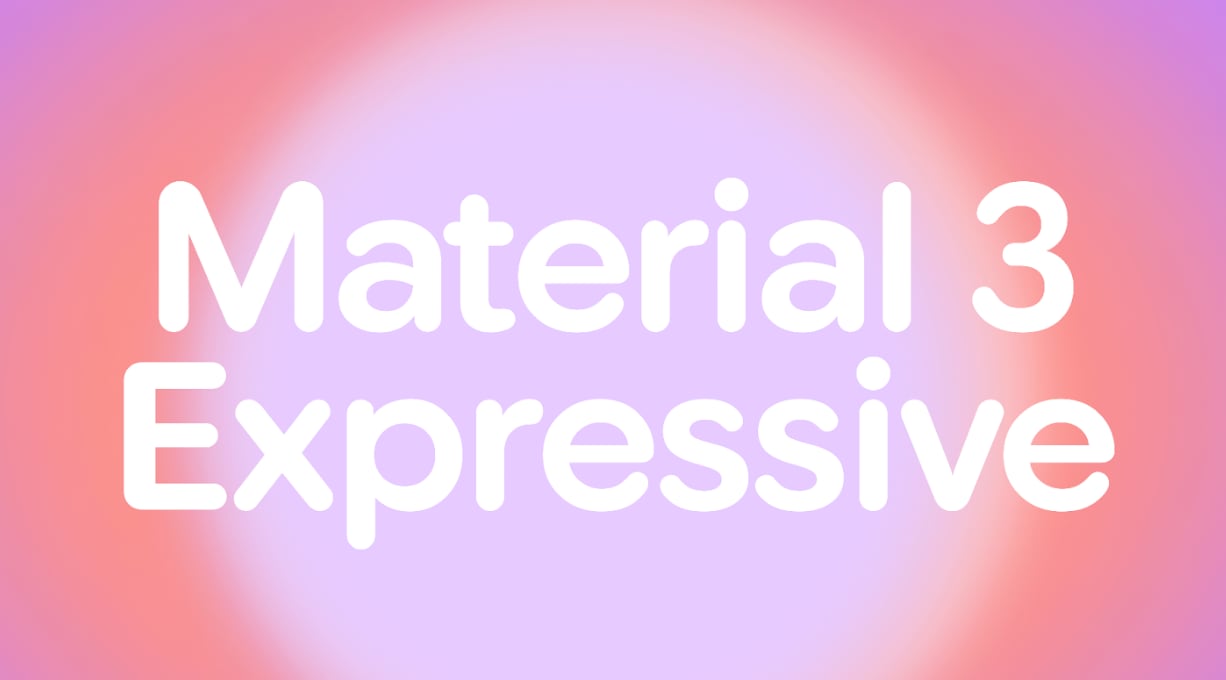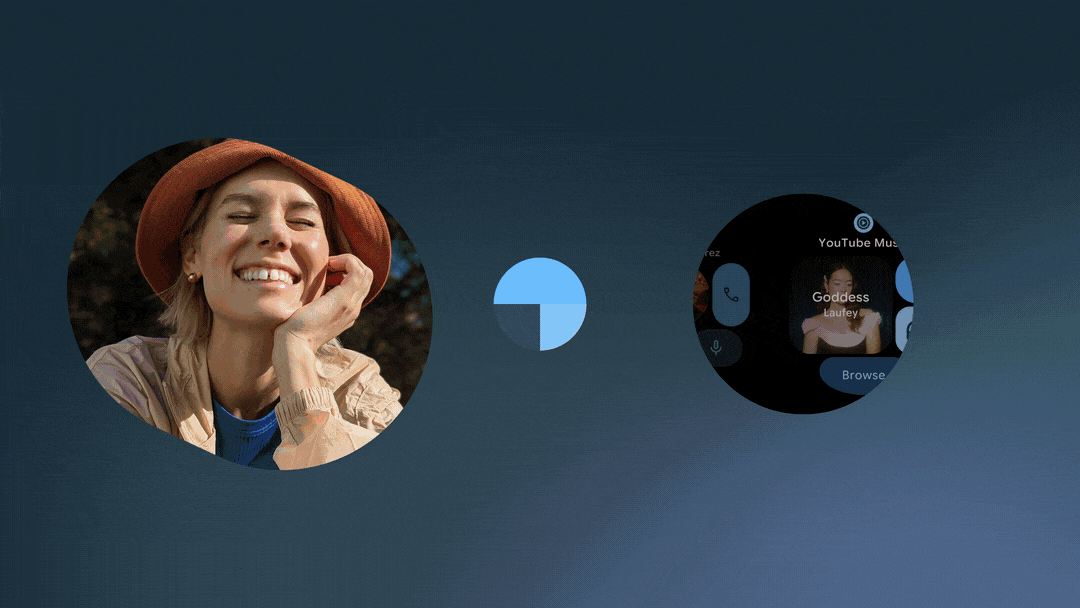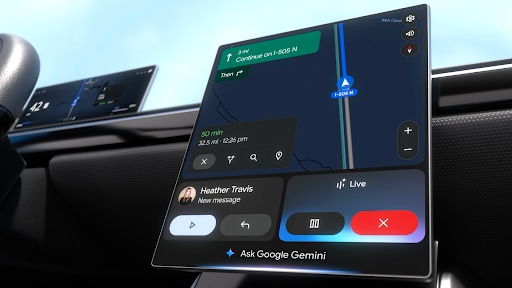Google has announced the latest versions of Android and Wear OS, both receiving a fresh coat of paint that makes the user interface more personal, glanceable, and user-friendly, a few days ahead of its high-profile annual developer conference.
At the separate virtual Android event, Google gave an early first look at Android 16 and Wear OS 6, coming to select devices later this year. The updates introduce the biggest changes to the user interface in years. Called “Material 3 Expressive,” the new design language builds on “Material You,” which was introduced in 2021 and brought an adaptive interface that allowed users to personalise Android in new ways. Material Design is Google’s open-source design system that outlines how to create user interfaces for Android applications, covering areas such as visual, motion, and interaction design.
“Material 3 Expressive is an expansion of new components and capabilities designed to add emotion to product UIs. It provides a more premium and engaging experience that’s easier to use and brings a little more joy to those key interactions,” said Mindy Brooks, Senior Director, Android Platform, during a briefing with select media ahead of the event.
As Brooks explained, Material 3 Expressive brings more “fluid, natural, and springy animations” to the interface. For example, when users dismiss a notification, they’ll experience a smooth, detached transition accompanied by a satisfying haptic rumble. The same applies when dismissing an app from the recent apps screen.
New to the updated interface is the Live Updates feature — a lock screen notification on your smartphone that provides real-time information, such as sports scores and updates from Uber and delivery apps. Google is also enhancing the overall experience with updated colour themes, responsive components, and emphasised typography.

The new fluid design language is also coming to Wear OS 6, the operating system that powers smartwatches. Google says the updated interface is designed specifically for round displays, making the watch feel even more personal. This includes features like colour theming and improved glanceability, making elements more tappable and space-efficient.
Android 16 and Wear OS 6 will be released later this fall, with Google’s Pixel devices being the first to receive the new features.
Story continues below this ad
Material 3 Expressive
A big part of the new Material 3 Expressive design language is how Google is improving the experience on foldables. “We are already doing a lot outside of Material 3 Expressive to help improve the foldables experience and make apps better take advantage of the larger real estate. There are a lot of improvements coming down the pipeline around edge-to-edge rendering and improved multitasking. I think, in general, one big part of this is making sure that some of the large-screen productivity experiences continue to be available,” said Rohan Shah, Product Manager, Android Platform, in a conversation with indianexpress.com.
 Material 3 Expressive changes the look and feel of Android on Pixel phones. (Image credit: Google)
Material 3 Expressive changes the look and feel of Android on Pixel phones. (Image credit: Google)
“For Material 3 Expressive design, foldables were absolutely part of our initial research set. We put a lot of thought into designing Material 3 Expressive, making sure we tested it rigorously with users,” said Shah. He added that for foldables, there was a lot of inspiration in keeping the interface lightweight and taking advantage of the hardware to deliver moments of motion delight. “That’s a little bit of what went into it,” he said.
Seang Chau, VP and GM, Android Platform, added, “We are putting a lot of focus into foldables and making sure that Material 3 Expressive works well with them, takes advantage of the screen, and makes sure the space is used. But this is very much a developer story, because a lot of apps don’t yet take full advantage of the larger screen. We are making sure that, from a developer tools perspective, it’s much easier for third-party developers to resize their apps — from a portrait-based phone to a foldable to a tablet — across different form factors and screen sizes as easily as possible.”
While artificial intelligence is the hot topic in Silicon Valley, for Google, Android remains a core part of its story moving forward. The company needs smartphones and Android to reach more users and help make AI tools mainstream, especially in markets like India. Android is the world’s most popular mobile operating system, with over 3 billion active users.
Story continues below this ad
 WearOS gains colour theming support. (Image credit: Google)
WearOS gains colour theming support. (Image credit: Google)
But as companies like Google bring AI interfaces on top of existing user interfaces, many are saying that AI agents could make smartphone apps obsolete. These AI agents, embedded into the operating system, will learn user behaviour, preferences, and habits, and will be able to perform tasks like booking flights or sending follow-up messages autonomously.
“The apps are still relevant, at least for the near term. There are a lot of use cases where it is much faster to have a user navigate through an application rather than asking an agent. We also don’t think that agents necessarily have enough information to do absolutely everything that you require right now. This may happen in the future,” Chau replied when asked if AI agents will replace smartphone apps.
“We want a healthy developer ecosystem as well as an OEM ecosystem, and we do strongly feel that developers and applications available now are where there are a lot of really great experiences for users. It’s still very healthy for the entire mobile ecosystem.”
 Android for cars gain Gemini. (Image credit: Google)
Android for cars gain Gemini. (Image credit: Google)
For Google, Android is a key pillar for introducing AI tools like Gemini to millions of new users. This is why the company is now expanding beyond smartphones and bringing the AI chatbot to smartwatches, smart TVs and Android Auto. In March, Gemini had 350 million active users worldwide — significantly fewer than OpenAI’s ChatGPT, which had 600 million monthly active users during the same period. Meta AI, a rival to both Gemini and ChatGPT, had 500 million monthly users in September.


